Identifying worms is a branch of zoology dealing with insects called “entomology.”
“Although insects were studied as early as the 4th century BC, particularly by Aristotle, the modern science did not begin to develop until the 17th century ad. The science of entomology received great impetus in the 19th century, largely as a result of the publication of On the Origin of Species (1859) Charles Darwin, which showed how the study of insects illuminates certain aspects of evolution. In the 20th century, entomological research was further stimulated by successes in the search for solutions to medical and economic problems involving insects. Today, there is more research done and literature published annually in this field than in any other branch of zoology.” –By MSN Encarta Encyclopedia:
Because there are more than 2,700 species of earthworm alone, when identifying worms, there are several important steps that should be taken in order to identify them correctly. First, you should become familiar with the key characteristics used for identifying earthworms. Just a few of the characteristics used to identify earthworms include: Genital tumescene (GT), the Tubercula pubertatis (TP), and the Clitellum.
The clitellum of adult earthworms contains features called genital tumescence, and tubercula pubertatis. The clitellum features, the male pores, and female pores are found above the clitellum and are all parts of the earthworm reproductive system. The earthworm also has “setae” which are tiny hair-like projections that are arranged in rows along the earthworm body. The setae are used are used for locomotion by the earthworm. The prostomium is the earthworm mouth. The size, shape, and position of the different characteristics of the worm are different in different species of earthworms and will help you to identify the species of earthworms you may be dealing with.
After you have become familiar with earthworm characteristics, you should become familiar with the characteristics of earthworms that indicate which ecological group they belong to. There are three broad ecological groups that have been identified for earthworms including: epigeic, endogeic, and anecic. The groups are based on what the earthworms eat and where they tend to live in the soil. The epigeic group is a litter feeder, litter dweller, pigmented, small in size, and it doesn’t burrow. The endogeic group consists of rich soil feeders, topsoil dwellers, has no pigmentation, burrows horizontally, and it is small in size. The anecic consists of litter and soil feeders, soil dwellers, dorsally pigmented bodies, extensive vertical burrows, and a large size. Size and color are usually good distinguishers for adult earthworms.
For more information about identifying worms, you can download an online identification key for earthworms by clicking here to visit The Backyard Nature websites’ key or to access an online field guide to earthworms, click here.
All About Worms is always free, always reader-supported. Your tips via CashApp, Venmo, or Paypal are appreciated! Receipts will come from ISIPP Publishing.



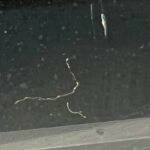

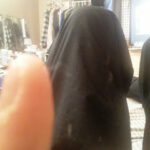
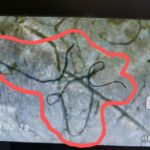
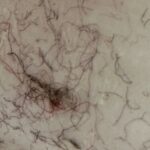
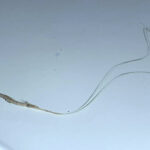
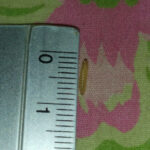
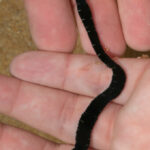

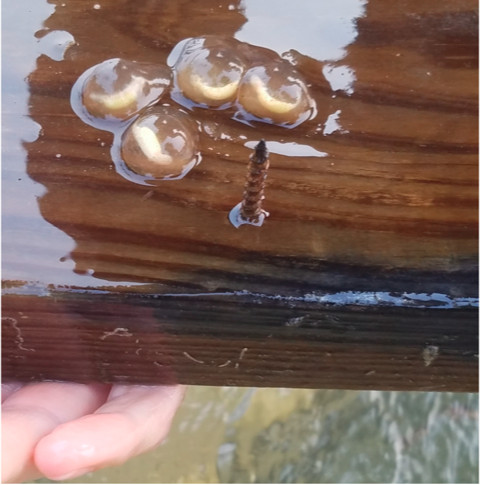
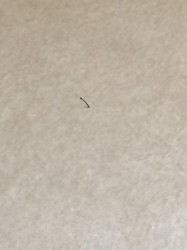



Sounds like millipedes. I hope you have sorted them out by now!
http://www.orkin.com/other/millipedes/
we are finding hundreds of worms in the house, starting in the basement. They are the small about the size of lead in a pencil (maybe a little bigger) They are not soft like most worms. They are hard and when you touch them, they curl up in a circle. Wondering what to do about them, what kind they are and if they are dangerous to our cat.